If you’ve ever shopped for headphones and noticed terms like “40mm drivers” or “50mm drivers” in the spec sheet, you’re not alone. These numbers show up everywhere — but what do they really mean? And more importantly, can they help you choose the right pair of headphones for the way you listen?
The short answer is yes — but probably not in the way you’d expect.
What Does a Headphone Driver Actually Do?
Every headphone has at least one driver inside each earcup. This is the component that converts electrical signals into sound. You could think of it as a mini speaker that “drives” the audio straight into your ears.
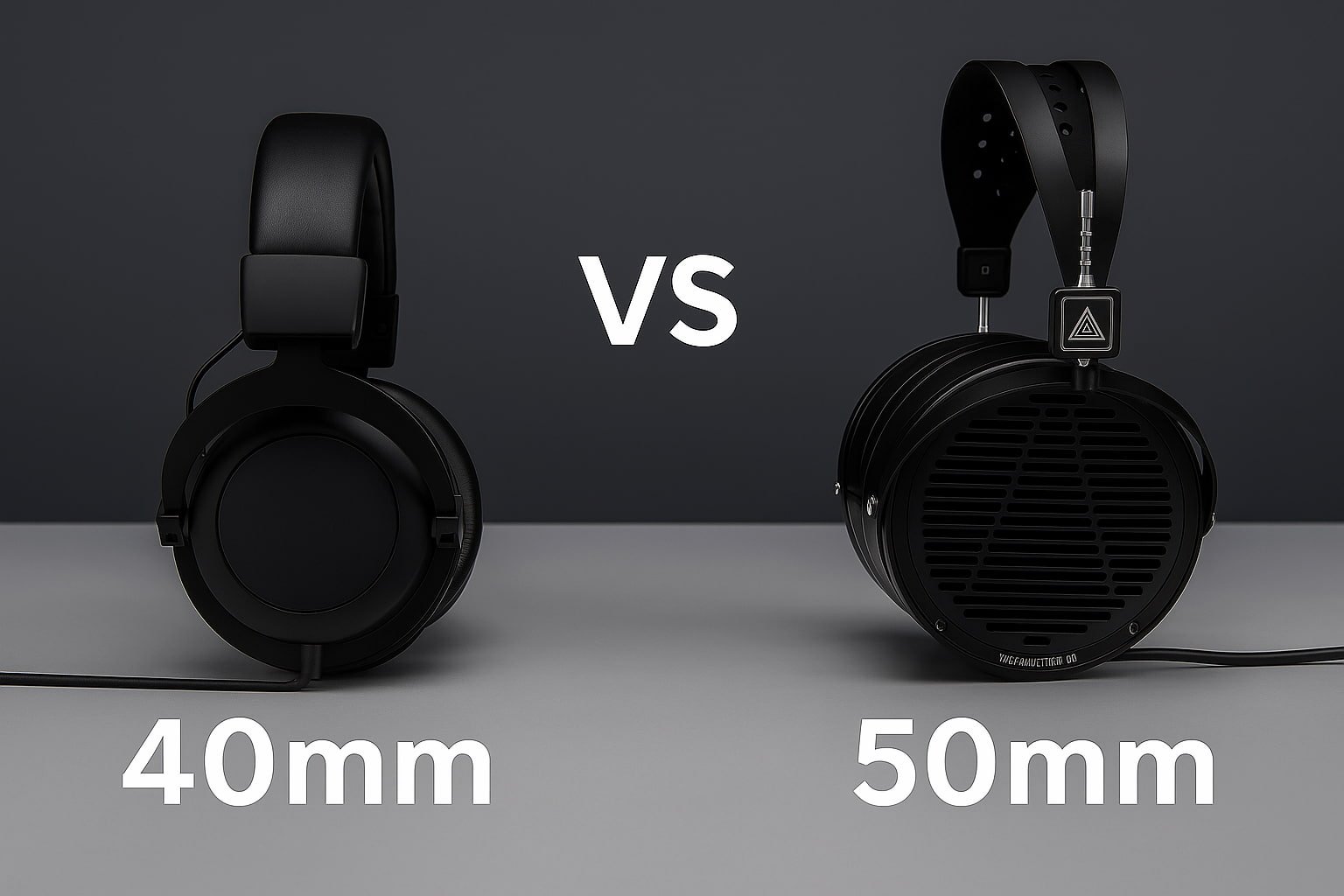
The size of the driver—measured in millimeters—is often seen as a key factor in sound quality. But while size plays a role, it’s not everything. A 50mm driver can move more air, which often means stronger bass and a wider soundstage. On the other hand, a 40mm driver might offer better clarity in mids and highs, and work more efficiently in compact, lightweight headphone designs.
So, in the debate of 40mm driver vs 50mm driver headphones, it’s not just about the size — it’s about what kind of sound you prefer, and how well the headphones are tuned.
Is Bigger Always Better?
This is where things get interesting. A lot of people assume that 50mm driver headphones automatically sound better just because they’re bigger. And yes, the larger surface area can help with bass response and dynamic range — but that doesn’t mean they always outperform smaller ones.
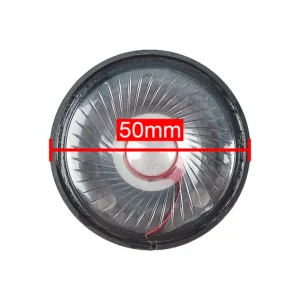
The truth is, driver material, tuning, and enclosure design all matter just as much, if not more. A poorly tuned 50mm driver can sound flat and muddy, while a well-engineered 40mm driver can deliver crystal-clear detail with surprisingly full sound.
So when people ask things like, “What’s the difference between 40mm and 50mm driver headphones?” or “Is there a noticeable change?” — the answer is: it depends. But if you’re someone who listens closely, especially to bass-heavy or spatial mixes, the shift to 50mm might be worth it.
Focal Bathys – 40mm Driver
The Focal Bathys is a great example of how a smaller driver can still deliver premium results. With a 40mm magnesium-aluminum design, it delivers sharp mids and precise highs. Vocals sound vivid, and there’s a surprising amount of bass control for such a compact build.
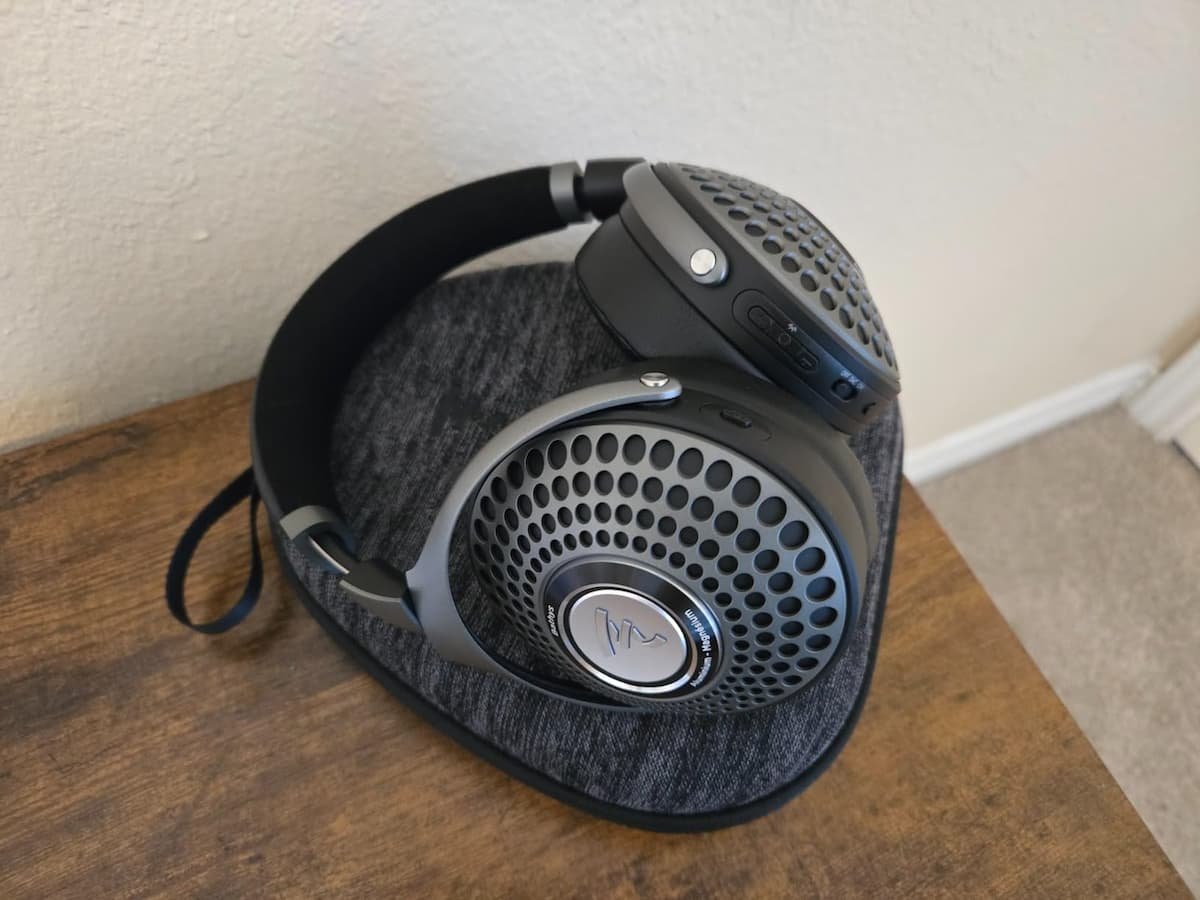
This model proves that headphones with 40mm drivers can still hold their own in a market packed with larger driver sizes — especially when the tuning is as detailed as what Focal delivers here.
Bowers & Wilkins Px8 – 40mm Driver
Known for their elegant sound, Bowers & Wilkins keeps things refined with the Px8. The 40mm carbon driver brings a smooth, balanced presentation. Bass is present but not overwhelming, and the compact build makes them extremely wearable for longer sessions.

If you’re asking whether 40mm vs 50mm driver headphones actually matters in everyday use — try something like the Px8. The clarity and comfort speak for themselves.
PSB M4U 8 MK II – 40mm Driver
PSB’s entry here adds something different — a natural soundstage that mimics speaker-like depth. These 40mm driver headphones are tuned with realism in mind. You won’t get booming low-end, but the overall listening experience is clean and well-rounded.
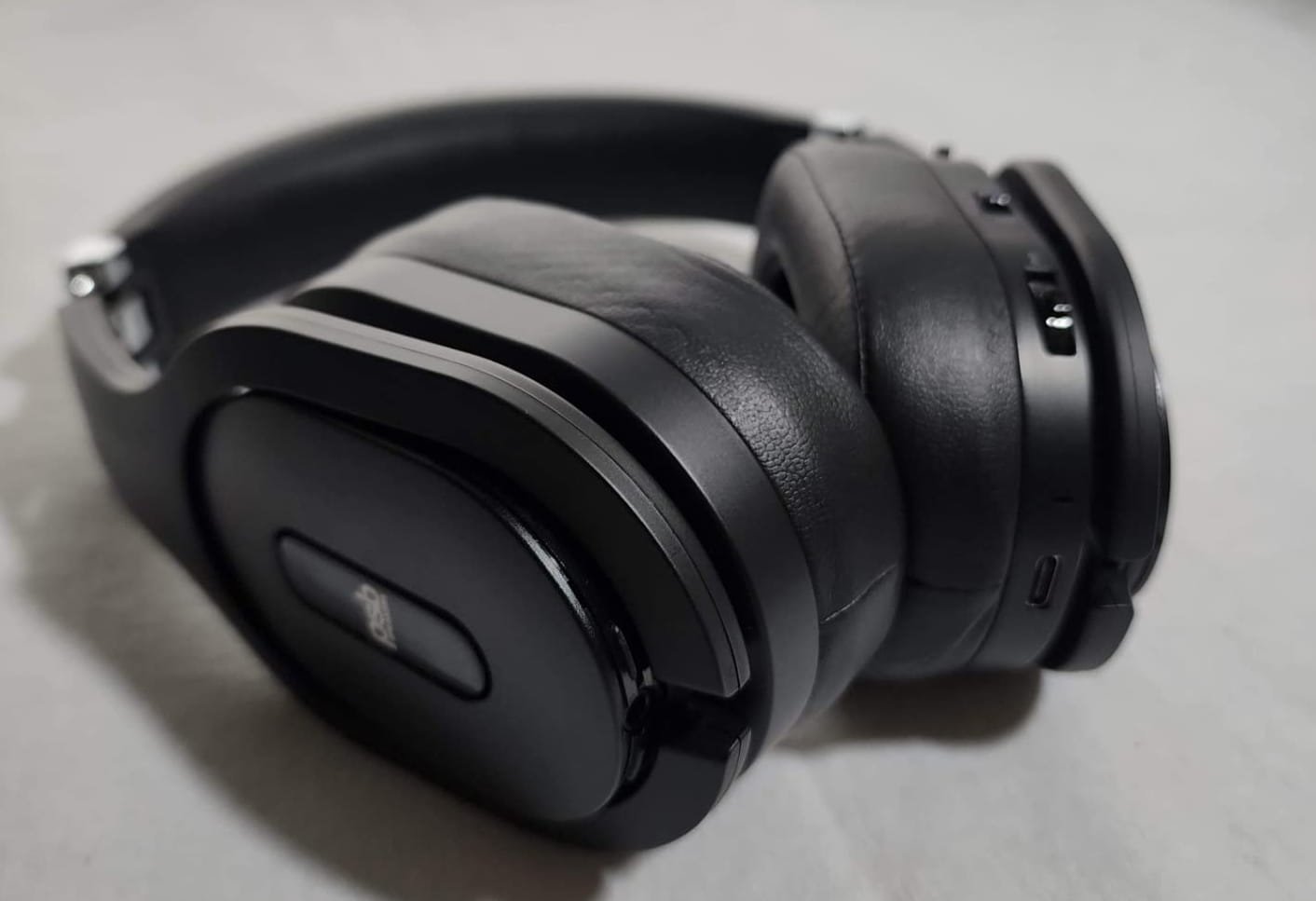
For people who enjoy clarity and space in their sound, headphones with 40mm drivers like this offer an alternative to overly bass-heavy sets.
Sivga SV021 – 50mm Driver
If you’re looking for something affordable without compromising richness in sound, the Sivga SV021 is one to watch. Despite its lower price, the 50mm dynamic driver delivers a surprisingly wide and punchy soundstage. The bass has more weight than you’d expect, and the overall presentation feels spacious and balanced.
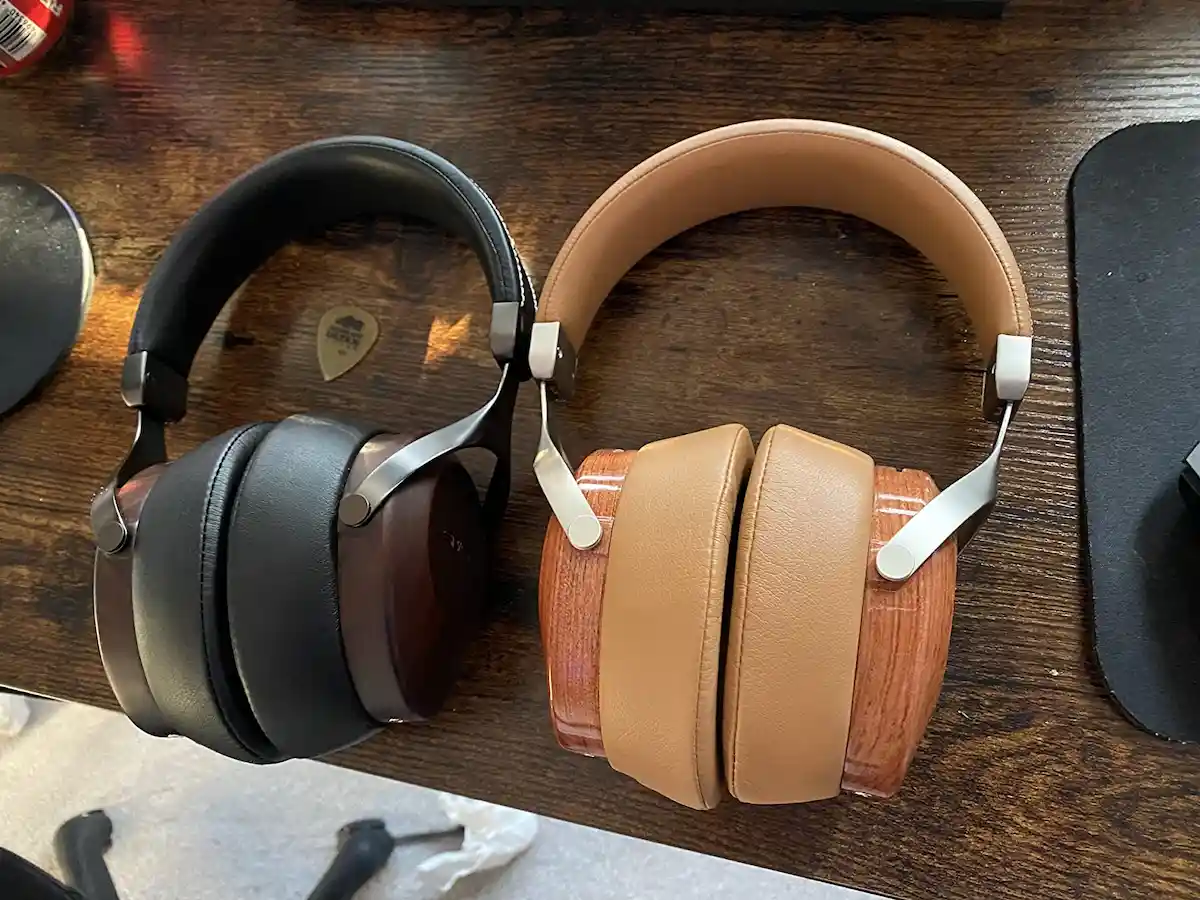
This model is a good reminder that 50mm driver headphones under 2000 don’t have to feel like a compromise. Sivga keeps the build stylish, too, with its wood and metal design — a rare combo at this price point.
Fostex TH808 Premium – 50mm Driver
At the other end of the price spectrum, the Fostex TH808 Premium offers what you’d expect from high-end reference gear. The 50mm neodymium magnet driver pushes clear, detailed sound across the entire frequency range — from tight bass to refined highs.
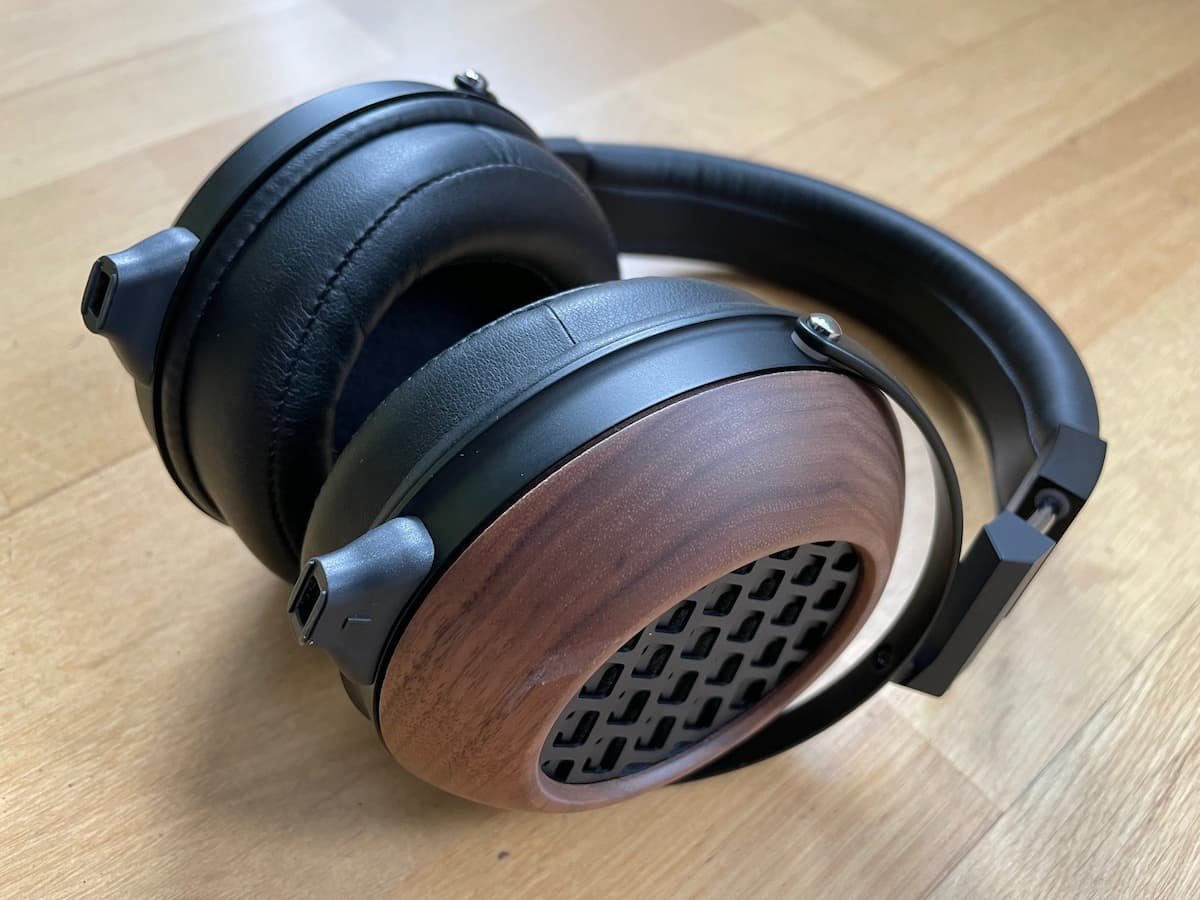
For anyone wondering about the true 50mm driver headphones meaning, this pair shows what happens when size meets precise tuning. Every element in the mix feels controlled and expressive, especially in acoustic or jazz recordings.
Dali iO-12 – 50mm Driver
Dali went all in with the iO-12, and you can hear it from the first track. The large 50mm dynamic driver helps it achieve excellent imaging and depth, and its ANC performance adds even more focus to the sound.

The design is slightly bulkier — typical for headphones of this class — but the result is a well-shaped low end and a wide, clean stage that audiophiles will appreciate. If you’re searching for best 50mm driver headphones with premium materials, this pair belongs on your shortlist.
Bluetooth Options and Everyday Use
A common question is whether 50mm driver bluetooth headphones offer the same performance as wired ones. The answer depends on the codec support and how much audio detail gets lost in wireless transmission. But many newer models with 50mm drivers now include high-quality codecs like aptX HD and LDAC, helping them get closer to studio-level performance.
Whether you’re buying for studio work or travel, headphones 50mm driver variants now come in both wireless and wired formats — with options even in the 50mm driver headphones under 1000 category.
So, Which One Should You Choose?
There’s no one-size-fits-all answer in the 40mm vs 50mm driver headphones debate. If you’re into portability, midrange clarity, or lightweight comfort, 40mm driver headphones will likely suit you best. They’re often easier to drive, fit smaller designs, and focus more on articulation than low-end power.

But if you prefer deep bass, a broader soundstage, and full-bodied audio that fills your ears, 50mm driver headphones are the natural choice. Especially when well-tuned, the larger surface area makes a difference in immersion — whether for music, gaming, or even movie watching.
The difference between 40mm and 50mm driver headphones can feel subtle at first, but once your ears adjust, preferences start to form quickly. If you’re curious, testing both back-to-back is the best way to discover what sound truly fits your style.